Wildfires are no longer rare disasters in Canada. They are now an annual reality, and 2025 has already been one of the worst on record, with 3,582 fires burning 6.2 million hectares as of July 30 — quadruple the 10-year average.
At a time when hospitals are already strained by staff shortages, long wait times and rising costs, wildfires add yet another layer of pressure.
Rural communities are usually the hardest hit by wildfires. These communities rely on small health facilities with limited staff and equipment.
When fires cut off access or force evacuations, these facilities struggle to provide even basic care. As a frontline health-care worker and system leader, I have seen first-hand how every part of health system — from hospital operations to workforce readiness and community partnerships — is being tested. Leading resilience initiatives has shown me how urgently we need system-wide co-ordination and investment to protect patients when disasters strike.
Frontline health-care workers face surging pressure during wildfires: treating burns, vehicle accidents during evacuation and smoke-related illnesses that damage lungs, worsen asthma, and increase risks of strokes, heart attacks and cardiac arrest. Seniors, children, pregnant women and people with chronic illnesses are especially vulnerable.
Beyond physical harm, survivors often face lasting anxiety, depression and trauma. Wildfires are not just environmental events; they are public health crises that demand stronger, more resilient health systems.
THE CANADIAN PRESS/Darryl Dyck
Preparing for a predictable risk
During wildfires, poor air quality makes it difficult for both patients and staff to stay safe indoors. Fires can disrupt medical supply chains, damage buildings and force hospitals, clinics and operating rooms to close. Surgeries can be delayed, emergency care becomes harder to access, and patients often crowd into the few facilities still running, stretching resources even thinner.
Health-care workers face their own challenges: finding safe routes to work, arranging child or elder care during evacuations, and coping with the uncertainty of when, or if, they can return home.
Past wildfires in Alberta, British Columbia and the Northwest Territories have forced urgent evacuations of patients, the relocation of health-care workers and the rapid reorganization of care at enormous cost. Each of these events has added millions of dollars in costs and created more strain for a health system already struggling to keep up.
Wildfires are now a predictable part of Canada’s climate reality. Yet health systems remain under-prepared. While emergency management frameworks exist, they often fall short of addressing broader and long-term needs during wildfires and fail to build true resilience. The Climate-Resilient Acute Care Clinical Operations framework and wildfire framework highlight what is required, but these requirements must be scaled and integrated across the entire health system.

THE CANADIAN PRESS/Paul Daly
What resilience looks like
Building climate resilience in health care requires focusing on several key pillars.
Leadership and governance must come first. Yet many health leaders are not provided with the knowledge or training they need to understand how wildfires affect both health outcomes and health-care systems. Leaders must be equipped to make quick, informed decisions that safeguard patients and staff when disasters strike.
Financing is another critical piece. Resources must be directed to the areas most at risk during wildfire season and reviewed regularly to ensure funding keeps pace with reality. Without sustainable financing, health systems are left reacting instead of being prepared.
Health information systems also need to be strengthened. Power outages and connectivity failures can wipe out access to patient records and communication tools at the worst possible moment. Developing reliable backup systems and clear plans ensures that records, co-ordination and critical data are not compromised.
At the same time, the health-care workforce must be supported. Staff need training, such as simulation-based exercises that prepare them for wildfire events. Protecting the mental health of staff and encouraging personal resiliency plans are equally important, allowing workers to remain in the system when demands are highest. Workers can only serve patients effectively if they themselves are supported.
Workforce planning must also account for seasonal risks. Wildfire season falls in the summer, when health systems are already short-staffed due to vacations. Every winter, we prepare for respiratory virus surges, but we do not treat wildfires with the same seriousness. This must change.

THE CANADIAN PRESS/Darren Calabrese
Strengthening access to care
Protecting medical supply chains is another priority, as disruptions are common during wildfires. Identifying alternatives and ensuring backups to maintain critical supplies is key. Technology can help fill gaps: virtual care platforms can keep patients connected to doctors even when roads are closed, facilities are damaged or patients are displaced.
Equally important is ensuring that patients and communities know how to access care under stress. Preparedness should include clear communication, education kits, checklists, extra medication supplies and mental health resources. Collaboration with municipalities, under-served groups and high-risk communities is vital, since they often feel the effects of wildfires first and most severely.
An investment that pays off
Strengthening health systems for wildfire resilience will require resources. But it’s anticipated that these investments will ultimately save money in the long run by reducing disruptions, preventing costly emergency transfers and minimizing long-term health impacts. Most importantly, they protect access to health care for patients with urgent or ongoing chronic conditions.
If we fail to prepare, wildfires will continue to exacerbate the cracks in our health system. Patient-centred, climate-resilient care is no longer optional; it is essential.

The post “How wildfires and other climate disasters put health systems under extreme pressure” by Bhavini Gohel, Clinical Associate Professor, Cumming School of Medicine, University of Calgary was published on 10/15/2025 by theconversation.com











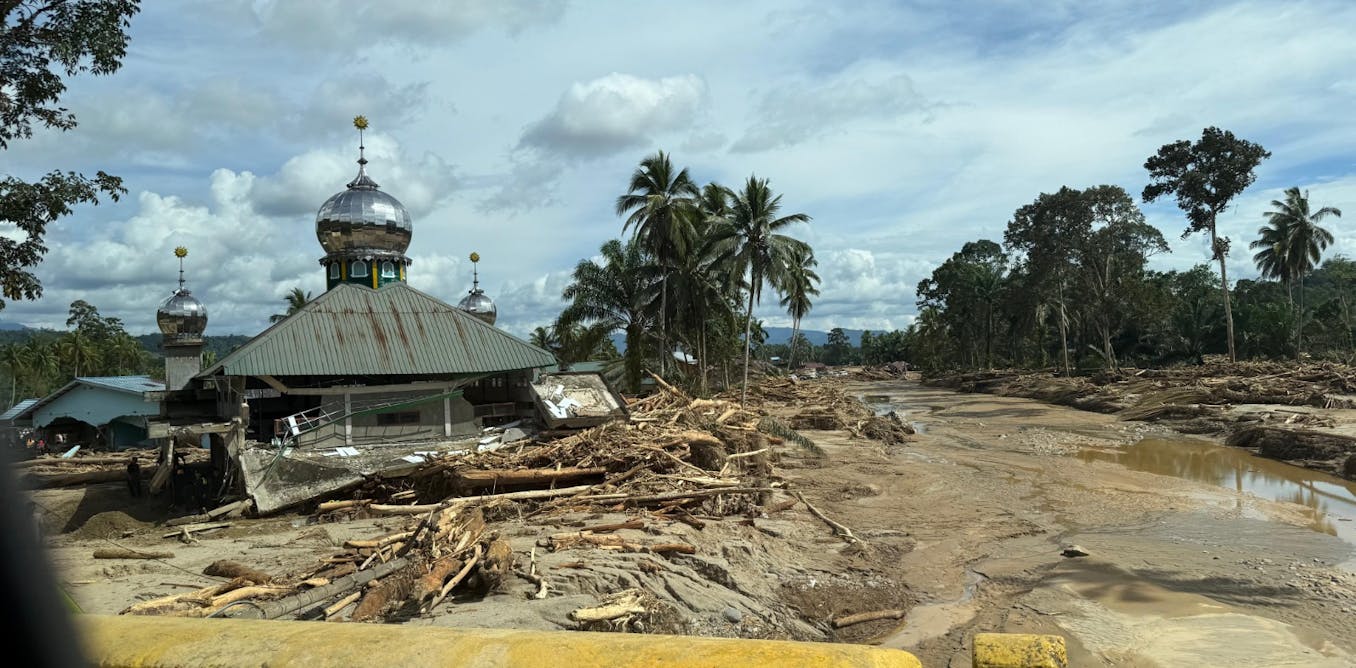
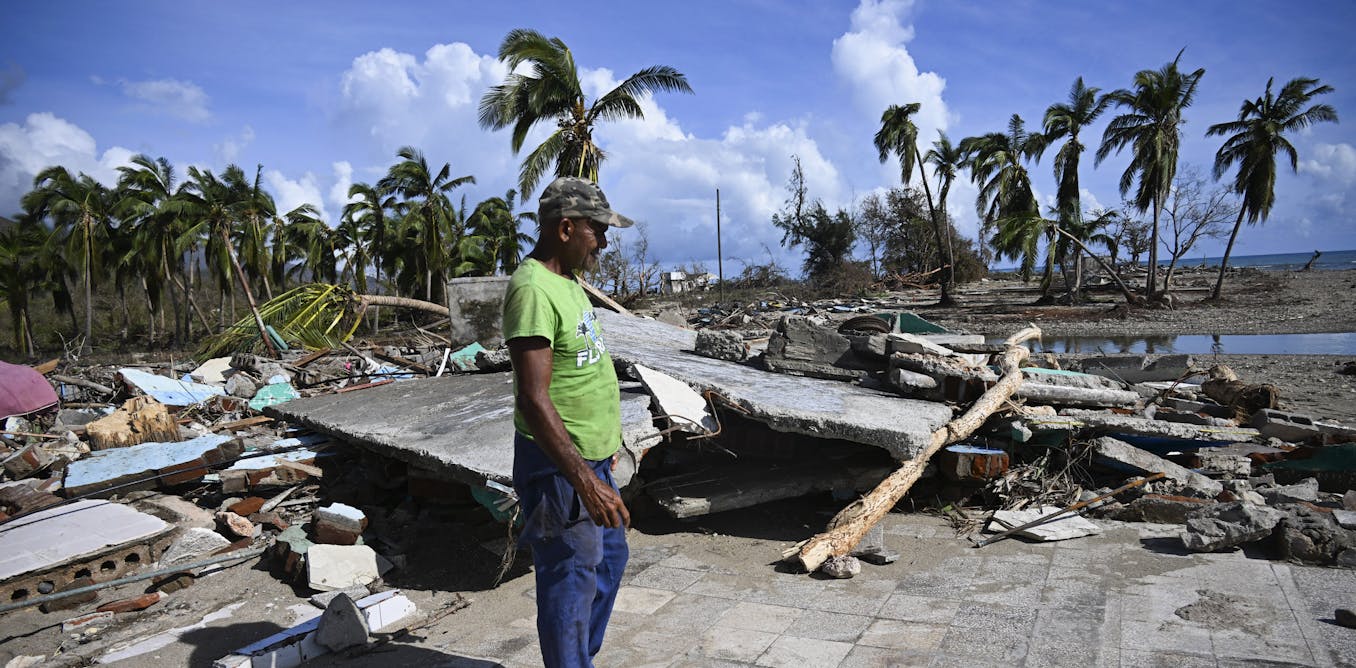















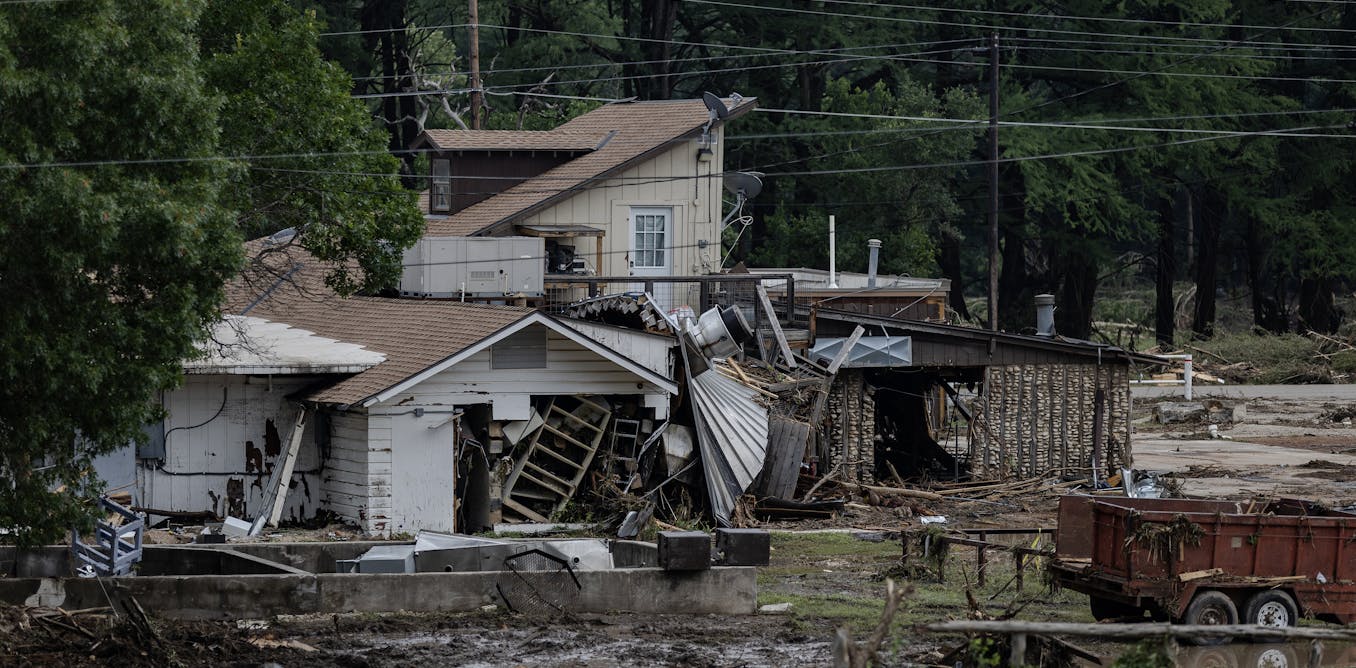
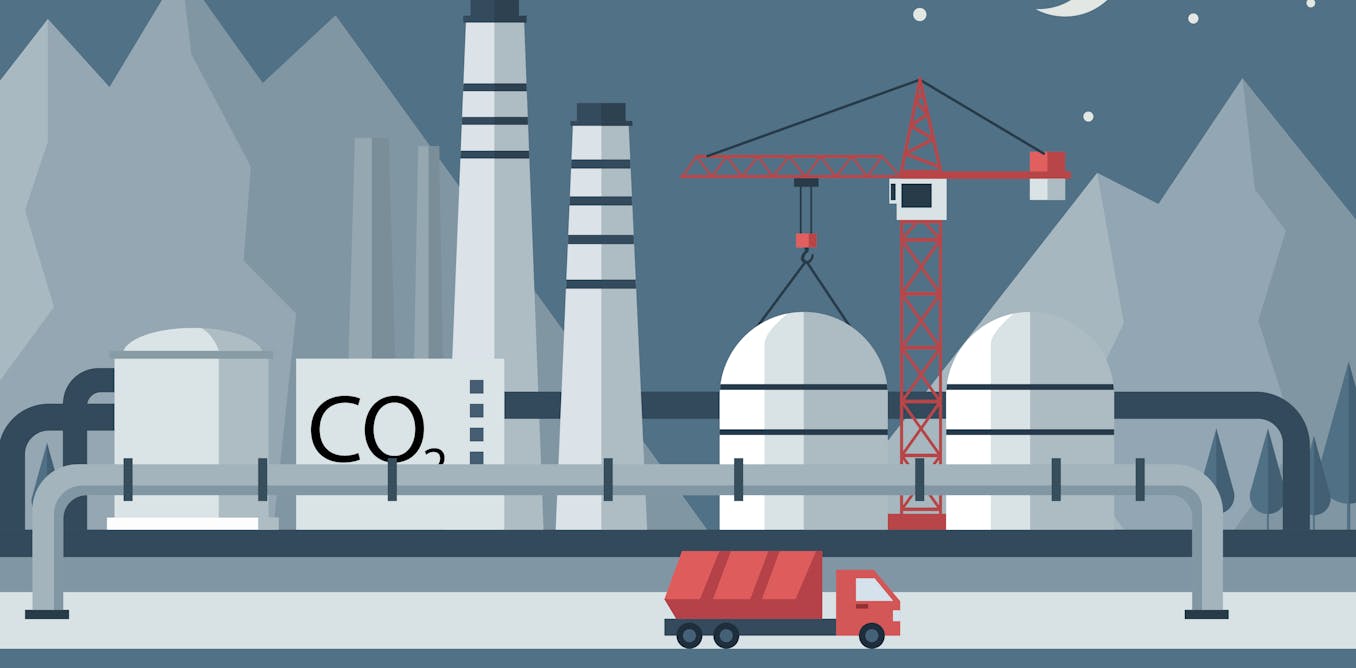
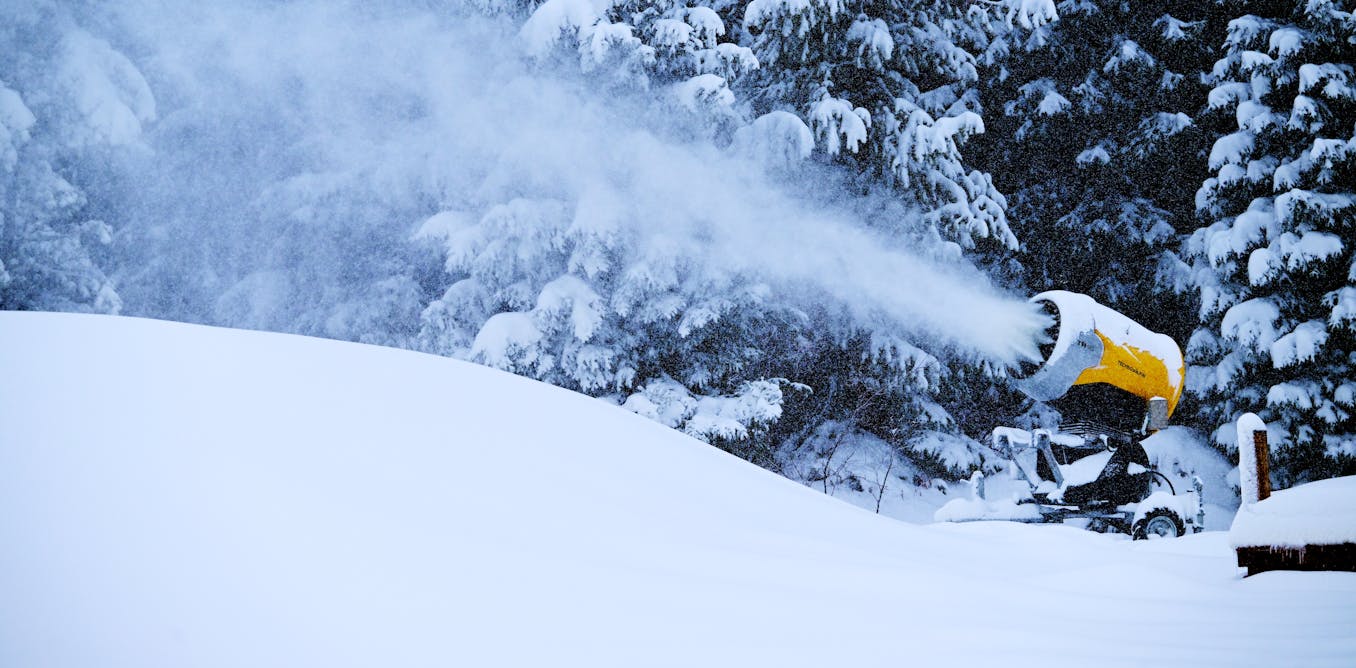


Leave a Reply